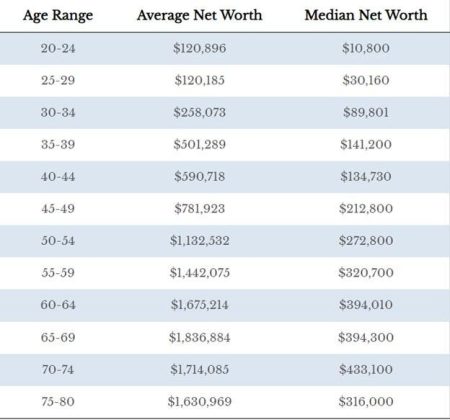The range of earnings reports broadened last week, but banks and financial companies remained a significant part of the mix. The headline earnings decline worsened, but the details were more supportive for stocks. The S&P 500 rose by 0.7% for the week. While the earnings from the smaller banks weren’t good, they outperformed the dour expectations, sending the KBW Regional Bank index 7.3% higher. This week will be the second busiest of this earnings season, with over 160 companies reporting. A more detailed preview of the earnings season is available here. While it is almost assured that the Federal Reserve will hike rates again this week, the next step remains unclear.
At this point in the reporting season, blended earnings, which combine actual with estimates of companies yet to report, are significantly worse than forecasts at the end of the quarter. The consumer discretionary sector is expected to post the highest year-over-year growth rate at 31.0%. This increase is primarily due to Amazon
AMZN
Sales growth is closely tied to nominal GDP growth, combining after-inflation economic growth (real GDP) with inflation. With nominal GDP growth decelerating year-over-year for the second quarter, topline revenue growth for companies will be more challenging. So far, with a few companies reporting, sales growth has been consistent with expectations going into the earnings season.
The over 30% year-over-year decrease in the average oil price for the quarter has caused expectations for year-over-year revenues for the energy industry to contract similarly. Energy companies are expected to have the most significant year-over-year decline in earnings this quarter, driven by the plunge in topline sales. Expectations for the energy sector fell further this week, with the behemoths Chevron
CVX
CVX
Warren Buffett has remained upbeat on the sector as regulatory filings showed that Berkshire Hathaway (BRKA, BRKB) bought more Occidental Petroleum (OXY) shares in June and now owns more than 25% of the company. Berkshire has a significant stake in Chevron but has been trimming it in recent quarters in favor of Occidental. A previous piece discussed why Berkshire Hathaway favors Occidental Petroleum, which is scheduled to report on August 2.
So far, the blended earnings performance has slightly underperformed expectations at the end of the quarter. Combining actual results with consensus estimates for companies yet to report, the blended earnings growth rate for the quarter is at -9.0% year-over-year, well behind the expectation of -6.8% at the end of the quarter and deteriorated sharply this week.
The headline earnings reading is worse than the details in this case. According to FactSet, a large earnings charge for Merck’s (MRK) acquisition of Prometheus was included in the estimates for the second quarter. This charge dragged down the healthcare sector and the index headline result. Outside of healthcare, more sectors had increases in earnings expectations for the week than decreases. The most considerable improvement came in consumer discretionary, where Tesla
TSLA
Generally, the smaller banks’ earnings and outlooks weren’t as good as the mega banks. A significant number of smaller banks reported below consensus earnings. Despite the worse-than-expected earnings reports, the regional bank stocks soared for the week, outperforming the larger banks, which also did quite well. Low expectations, valuations, and declining risk of a banking crisis reescalation seem to have made up for the current earnings shortfalls. For more about the U.S. banking system, including the valuation of the stocks, a recent update is here.
Outside of earnings season, the Federal Reserve meeting on Wednesday will be closely watched despite the outcome being almost preordained. While the Fed is nearly certain to increase short-term interest rates by another 25 basis points (0.25%), the question remains whether this will be the last hike of the cycle. The bond market expects this to be the final hike, with cuts possibly commencing at the end of the year. With the labor market remaining resilient and second-quarter GDP likely to reflect continued momentum in the U.S. economy, Fed Chair Powell should push back against these dovish assumptions.
The second quarter GDP release, which comes a day after the Federal Reserve decision, should continue to reflect reasonable economic growth and may even be an acceleration over the first quarter’s pace. The Atlanta Fed estimates a 2.4% growth rate, while consensus is a bit lower at 1.8%. In any case, the report should reinforce that the short-term risks of recession remain low.
While the relationship pulled back a bit this week, the outperformance of cyclical stocks relative to staples since May underscores that markets have priced in the rising probability of the Fed being able to engineer a soft landing. The reverse in the trend this week is likely a function of the cyclical stocks needing a breather, but it bears watching if the trend persists.
This week will have many companies reporting and not likely to be subject to the same distortion as last week, so it will be instructive to see if the earnings performance resumes its relative improvement. In addition, the Federal Reserve rate policy outlook should impact how the markets weigh the odds of a soft economic landing.
Read the full article here















